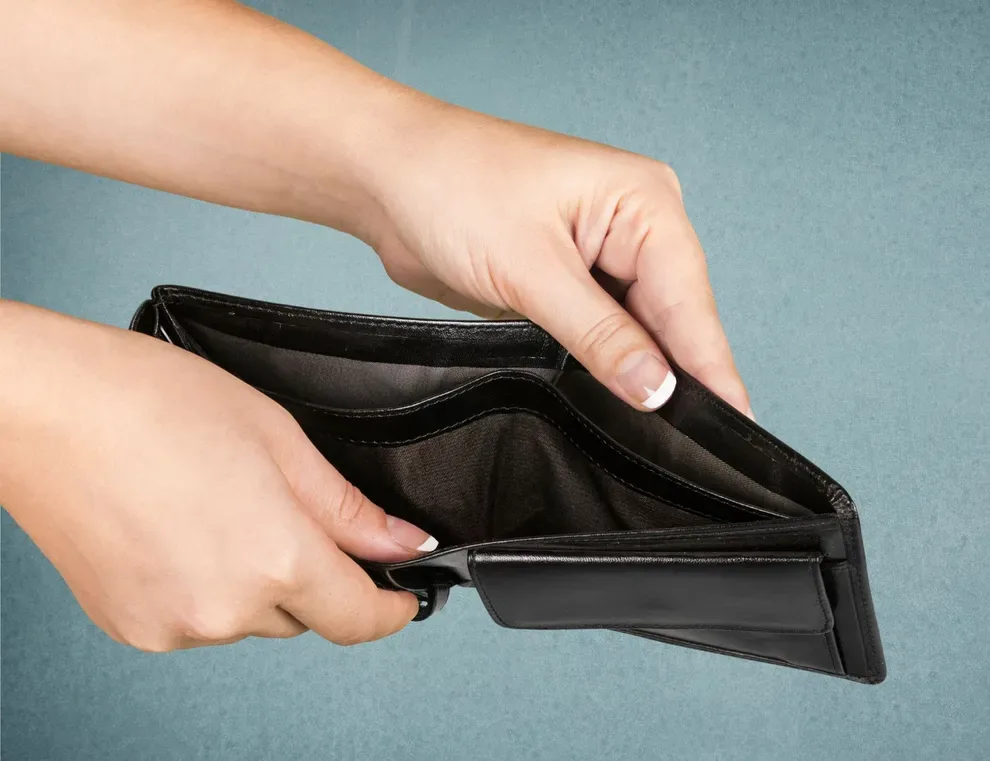What is the Cheapest Way to Whiten Your Teeth?

Table of Contents
- Pros & Cons of Whitening
- Several Approaches to Whitening
- References
There are many ways to whiten your teeth, ranging from affordable to very expensive. Over-the-counter options, like whitening toothpastes, strips, and kits, tend to be the cheapest options.
If you feel self-conscious about the brightness of your smile, you are far from alone. Most adults in the United States worry that their teeth are yellow, off-color, or somehow too dark. Teeth whitening is one of the more common cosmetic options available through your dentist, but it is not likely to be covered by your insurance, like regular cleanings are.
Thanks to advances in whitening technology, there are more effective, more affordable, and safer at-home whitening kits available for purchase online. There are many companies now that are dedicated entirely to developing and manufacturing these whitening products, including peroxide-based gels and toothpastes with LED mouthpieces.
Whitening kits work very well for people with persistent stains from coffee or wine, but they may not work for other types of stains, especially those related to underlying health problems. The only way to know why your teeth are off-colored is to visit your dentist.
At-home whitening kits carry some risk if you do not know why your smile is not as bright as you want it. This may be especially true if you get the least expensive possible option, which may not offer the best protection or the best whitening results.
The Pros & Cons of Whitening Your Teeth
One of the main causes of yellow or stained teeth is diet. If you love coffee, blueberries, balsamic vinegar or soy sauce, curry, barbecue sauce, or even marinara sauce, you are more likely to have off-colored teeth. You can limit your intake of these foods, and that is probably the healthiest option.
Many people are genetically more likely to struggle with stained teeth even when eating a healthy amount of these foods or drinks, compared to others. In these causes, a whitening kit is an excellent option to help you lift stains and get a pearly white smile.
Whitening toothpastes, whitening strips, and whitening kits that include a special gel and LED mouthguard are all ways to improve the look of your teeth. These are simple, cost-effective, and rapid. You can get at least a few shades whiter in a matter of days or weeks. However, there are some downsides to these products.
Whitening toothpastes: While toothpaste is the most cost-effective option for brightening your smile, whitening toothpastes do not bring the whiteness of your teeth up very fast. Instead, they use abrasive additives like baking soda to scrub away a small amount of stain.
You can get some lightening from using them, but your teeth may not change more than a shade or two. This can be disappointing for many people.
Whitening strips and gels: At-home whitening kits, including strips and special serums or gels, tend to have harsh chemicals in them, like hydrogen peroxide or bleach. While it is safe for someone with healthy teeth to use these kits occasionally, using them often can wear down the enamel on your teeth, which makes you more susceptible to periodontal disease and gum problems.
If you have sensitive teeth, you likely have thin enamel already, and many of these over-the-counter or online options may not be safe for you to use regularly. If you have underlying dental health problems, whitening your teeth with harsh chemicals will not get rid of the disease, so you are not likely to get long-lasting results.
While some whitening kits that are available online are less than $60 upfront, their results may not last long. Some recommend consistent treatment, but this may not be safe or healthy for you. A slightly more expensive kit, with a different approach to treatment and a warranty on lasting results, can mean you can get results you love, or you can get a refund if you aren’t happy.
Additionally, you should never attempt at-home whitening unless you also get regular dental treatment to manage periodontal disease.
Eat healthy foods, avoid too much sugar, and find the right combination of affordability and efficacy when looking at at-home whitening kits.
Brighter Teeth Require Several Approaches
Safe at-home whitening kits, even those activated with LED light, tend to contain about 0.1 percent hydrogen peroxide, so you will not rapidly dissolve the enamel on your teeth. Only dentists can safely use higher concentrations.
Even with at-home whitening, you must use the kit as instructed. Don’t leave the treatments on for longer than instructed. Even a small amount of hydrogen peroxide, applied regularly, can lead to damage to enamel, which can in turn cause cavities, gum disease, yellower teeth, cracked teeth, and underlying gum and tooth decay. If you overuse it, you can accidentally make your smile worse as you try your best to improve it.
The best way to keep your smile glistening and bright is with regular dentist appointments, a strong oral hygiene routine that includes flossing, and, when needed, whitening treatments.
